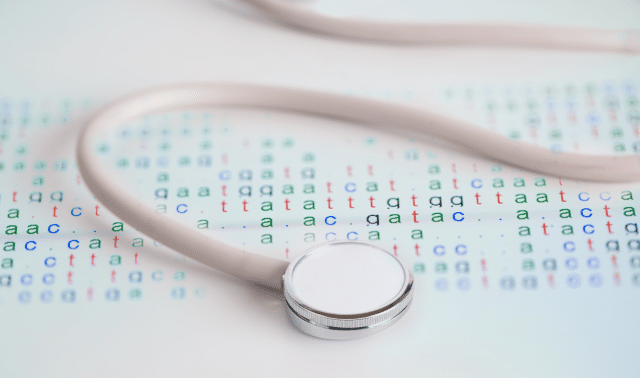Sign up for the Family Tree Newsletter Plus, you’ll receive our 10 Essential Genealogy Research Forms PDF as a special thank you!
Get Your Free Genealogy Forms
"*" indicates required fields

Q: Do I really need to figure out how to use things like chromosome browsers and centimorgans to be successful in my family history?
A: It sounds like you could sympathize with Ben Spratling, president of the National Genealogical Society! He remarked to me after attending my lecture several months ago, “I feel like I am trying to be convinced to learn to use a slide rule when the invention of the computer is just around the corner.”
And I do think he is right.
Currently the basic process for figuring out your connection to a DNA cousin is to compare the total amount of DNA you share with each other, factor in things like age and even gender, and then calculate how far back you would need to go to find your common ancestor. The goal is to narrow down your list of ancestor options. This allows you to know more about where and how to look for the genealogical records that might connect your two families. Find a genetic second cousin? Then you should share one of your four sets of great grandparents. Find a third cousin? Then you should share one of eight sets of 2X great grandparents.
ADVERTISEMENT
One Big Math Problem
The problem is that there are lots of factors that get in the way of this being so simple. Even in the simplest scenario of a first cousin, there are two possible “trees” that could be drawn to connect the two of you. There are even more if you try to take into account half relationships, and once or twice removed relationships.
The trick is to include more than just the two of you in this analysis. The more people you add, the easier it is to figure out relationships. However, the harder it is to do it on your own. While we use centimorgan counts and chromosome browsers, the truth is, the whole process is really just one big math problem.
Therefore, it can be automated.
LivingDNA Family Networks
This is the thinking behind the Family Networks product at LivingDNA. LivingDNA is currently known for their very granular breakdown of the British Isles. Where other companies might tell you that you are 30% British Isles, LivingDNA takes that same percentage, and tells you which of the 21 regions within the UK you belong to. So you aren’t just from England, for example, but from Northumbershire and Devon and Cornwall.
ADVERTISEMENT
Launching late 2018 or early 2019 Family Networks will provide you not only with a DNA match list, but a selection of pedigree charts. These display probable genealogical arrangements of your match’s relationships based on their genetic relationships to you and each other. You can then choose to keep or reject these pedigree charts. Interact with them by indicating known relationships, to see how the trees adjust based on new information.
While this process will never be able to add a particular name to a missing ancestor or provide ultimate and definitive proof of a connection to a 2X great grandparent, it will go a long way to helping us better understand our connections to each other. This makes doing genetic genealogy more of a streamlined process, and more accessible to everyone.
ADVERTISEMENT




